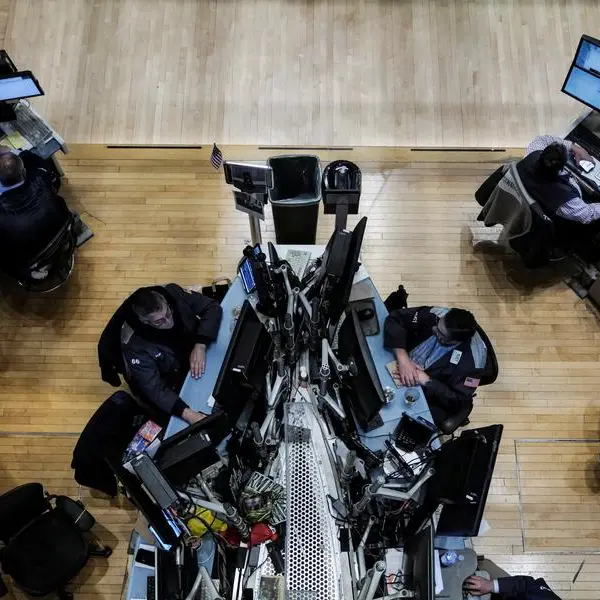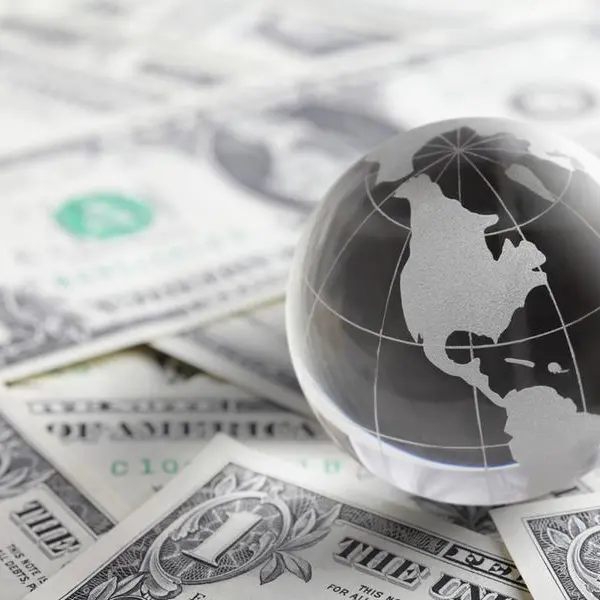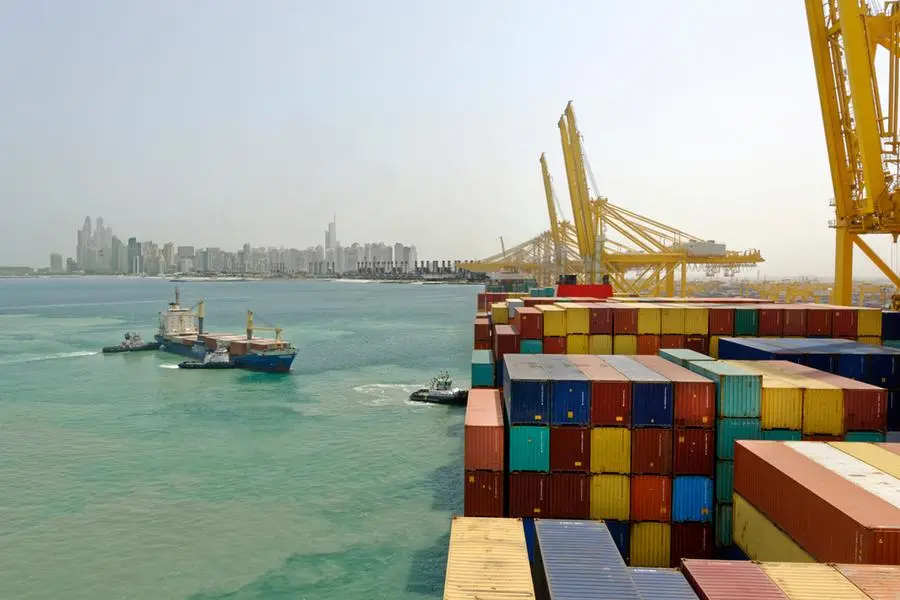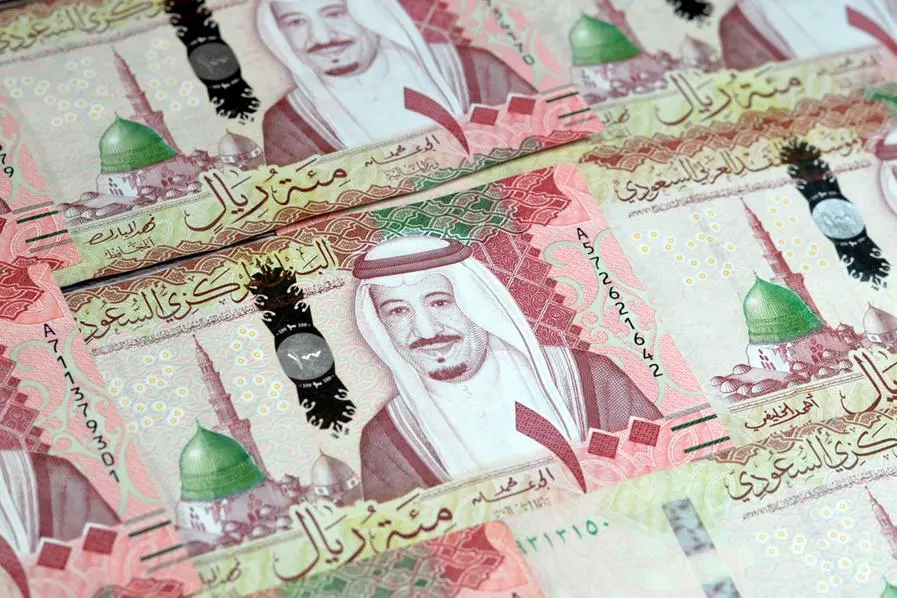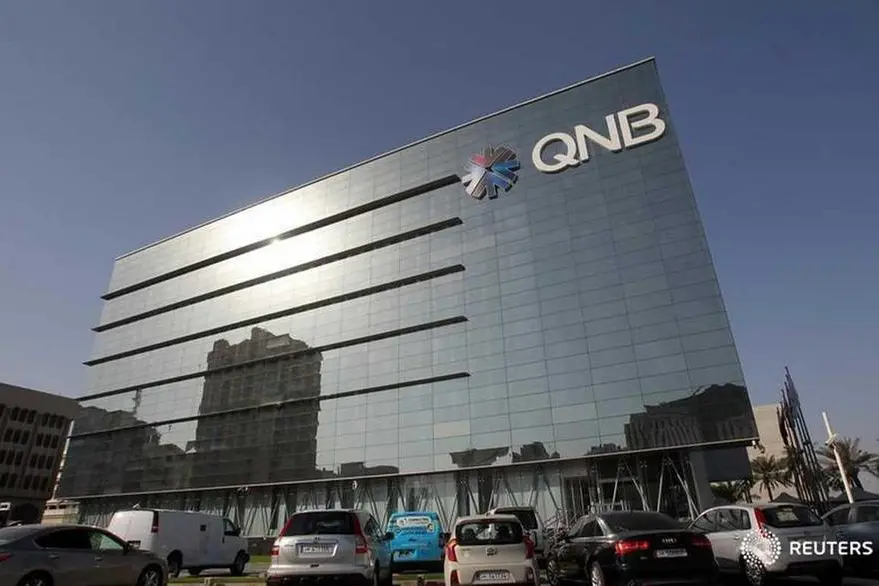PHOTO
U.S. Dollar and Euro banknotes are seen in this illustration taken July 17, 2022. REUTERS/Dado Ruvic/Illustration
Global debt levels have declined in US dollar terms in the second quarter of 2022, marking the first quarterly drop since Q3 2018. However, the global debt-to-GDP ratio rose to 350% in the first increase in five quarters.
According to the Institute of International Finance, following a rise of over $2.5 trillion in Q1 2022, global debt levels dropped by some $5.5 trillion to $300 trillion in Q2 2022. But debt levels in the emerging markets rose faster due to a sharp slowdown in growth, up some 3.5% points to over 252% of GDP.
CHART 1
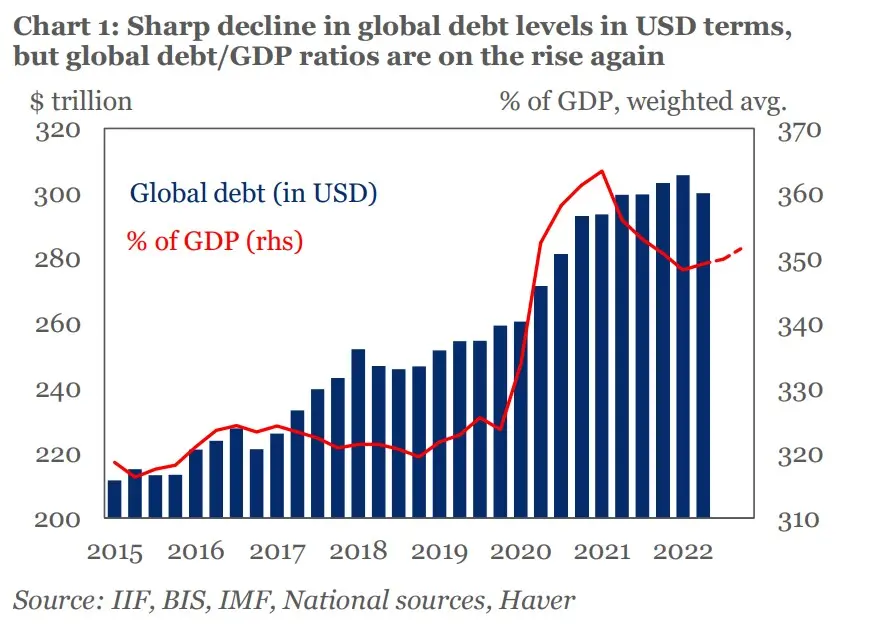

Governments and state-owned enterprises are likely to borrow more to cushion the impact of economic slowdown amidst the continued disruption of the borrowing plans of many businesses by higher rates, in addition to concerns over a rapid slowdown and rising social tensions due to higher energy and food prices.
"We expect the global debt-to-GDP ratio to reach 352% of GDP by the end of 2022," the IIF's Director of Sustainability Research, Emre Tiftik, wrote in a report.
The increasing rise in borrowing costs has a tremendous impact on the primary markets this year.
CHART 2
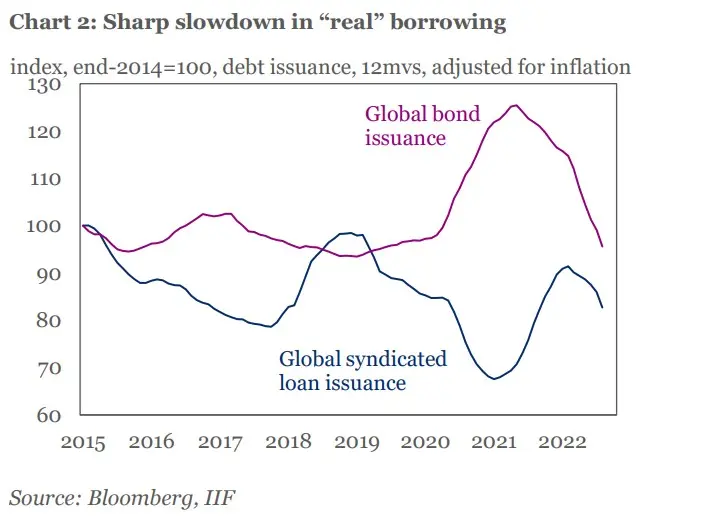

"Issuance in syndicated loan markets has substantially weakened, while nonfinancial corporate long-term bond issuance has sunk to its slowest pace since 2014. Over the first 8 months of 2022, the pace of government bond issuance was some 20% below the same period in 2021," the IIF economists said.
(Writing by Seban Scaria seban.scaria@lseg.com; editing by Daniel Luiz)



